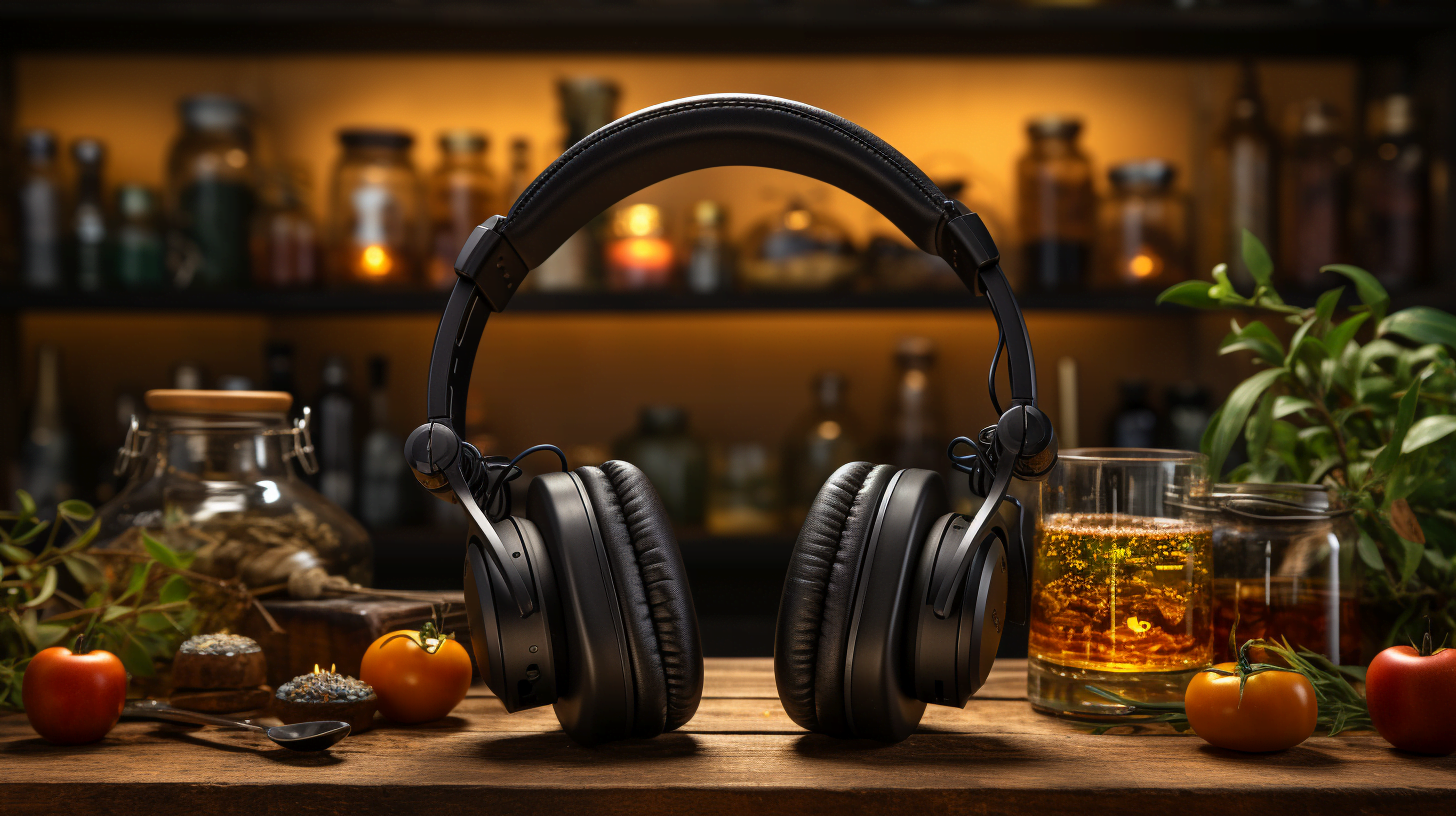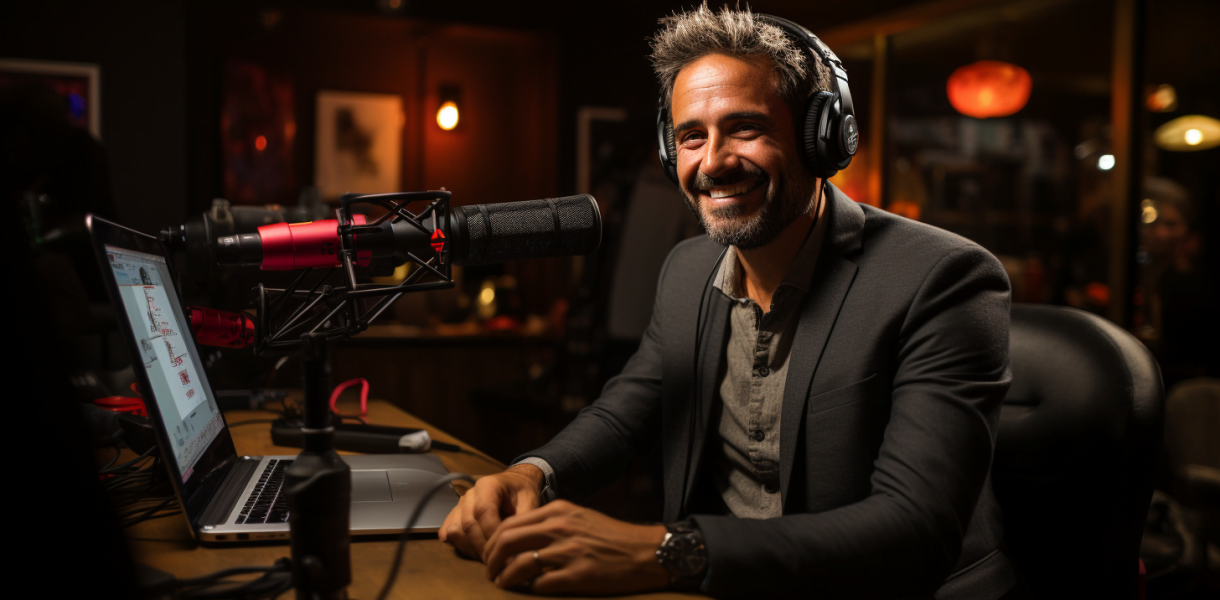In digital media, podcasting has emerged as a powerful communication, storytelling, and education platform. The technology behind podcasting is rooted in a blend of software and hardware components, each playing its part in enabling creators to deliver audio content to their audience effectively. This post explores the software for recording and editing and the hardware essential for capturing high-quality audio to make the best podcasts.
Microphone
Having a good quality microphone is an absolute must for any podcaster. It can significantly affect your audio quality, allowing you to deliver professional-sounding content. The best part is you don’t have to break the bank to get a decent one. Plenty of affordable options offer excellent sound reproduction and clarity, ensuring that your voice is captured accurately.
While not strictly necessary, investing in accessories for your microphone can greatly optimize your recording quality. Consider pop filters, which help reduce plosive sounds and improve vocal clarity. A microphone stand or a boom arm can also be beneficial in achieving the perfect microphone placement and reducing handling noise. These accessories enhance your recording setup, allowing you to achieve studio-like results.
If you’re using an XLR microphone, an audio interface becomes essential. It acts as a bridge between your microphone and computer, ensuring high-quality audio conversion and control. However, if you’re on a budget or prefer a simpler setup, consider a USB microphone as an alternative. USB microphones eliminate the need for an audio interface, making them a convenient choice for podcasters who value simplicity without compromising audio quality.

Headphones
Headphones are essential to any podcaster’s setup, whether during recording or post-production. They allow you to monitor your audio in real time, ensuring accurate sound reproduction and helping you catch any issues during recording. Before purchasing podcasting headphones, make sure they are comfortable for extended use and decide whether you prefer in-ear, on-ear, or over-ear headphones. Additionally, consider features like noise isolation or active noise cancellation to create a focused listening environment.
Recording Software
Recording software is the backbone of podcasting. It is crucial for capturing and enhancing your audio (and video) to deliver a seamless experience for your listeners. Look for software that offers intuitive controls, reliable performance, and essential features like multi-track recording, editing capabilities, and real-time effects. Experiment with different software options to find the one best suits your workflow and technical requirements.
Editing Software
The level of editing and processing you want for your recordings will determine your specific needs in terms of editing software. Look for software that offers a comprehensive set of editing tools, including features like noise reduction, equalization, compression, and effects. Depending on your editing skills and preferences, you can choose from beginner-friendly software with a simplified interface or more advanced software that provides precise control over every aspect of your audio.
Podcast Host
Once your podcast is recorded, the work doesn’t end there. You will need a podcast host that automatically distributes your show to mainstream listening platforms, ensuring maximum reach and exposure. When selecting a podcast host, consider storage space, bandwidth limitations, analytics, and customer support. The best choice of a podcast host will depend on your budget, specific requirements, and long-term goals. Some platforms even offer additional services like marketing or management tools or the ability to monetize directly within the platform, providing a comprehensive solution for podcasters.




